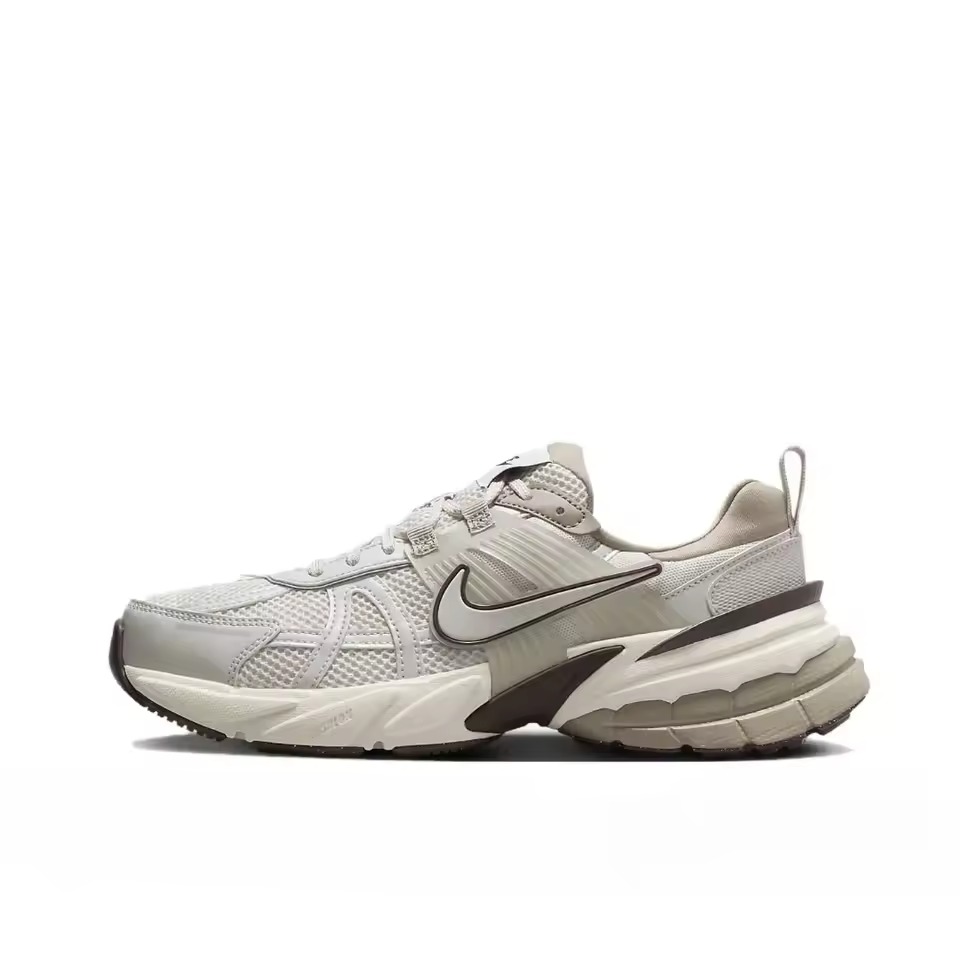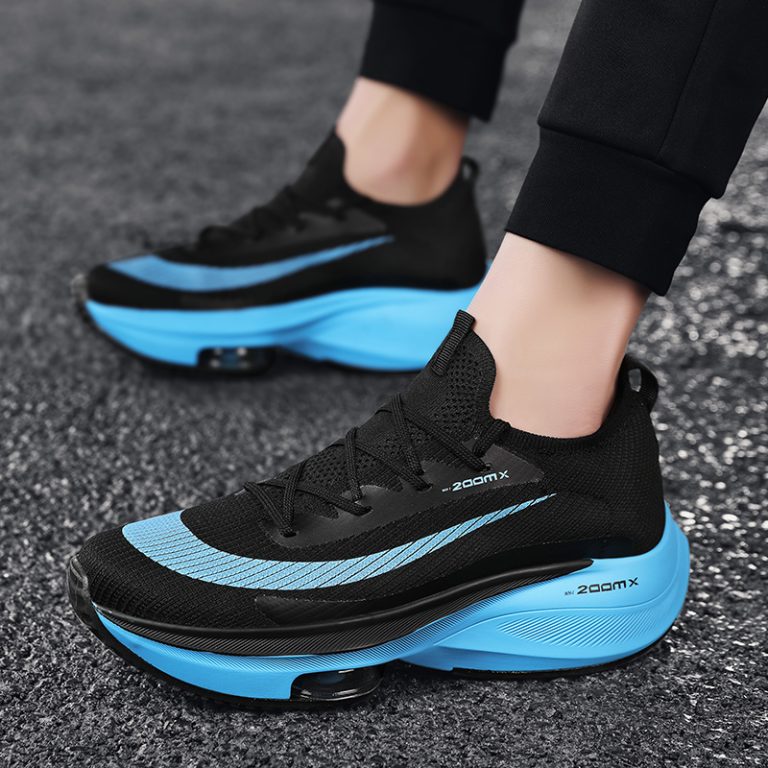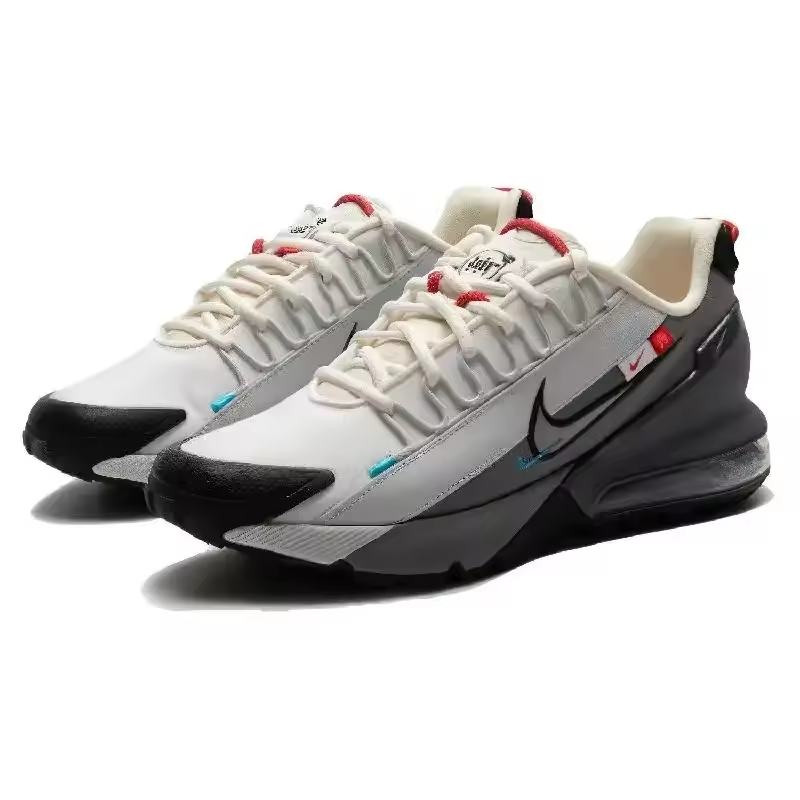Introduction to Long Distance Running Shoes
Finding the best long distance running shoes is crucial for marathoners and distance runners alike. These shoes are the main gear for those embarking on journeys that cover miles after miles. They are designed not just to protect and support your feet, but also to enhance running efficiency. Long distance running shoes differ from their sprinting or regular training counterparts in several ways.
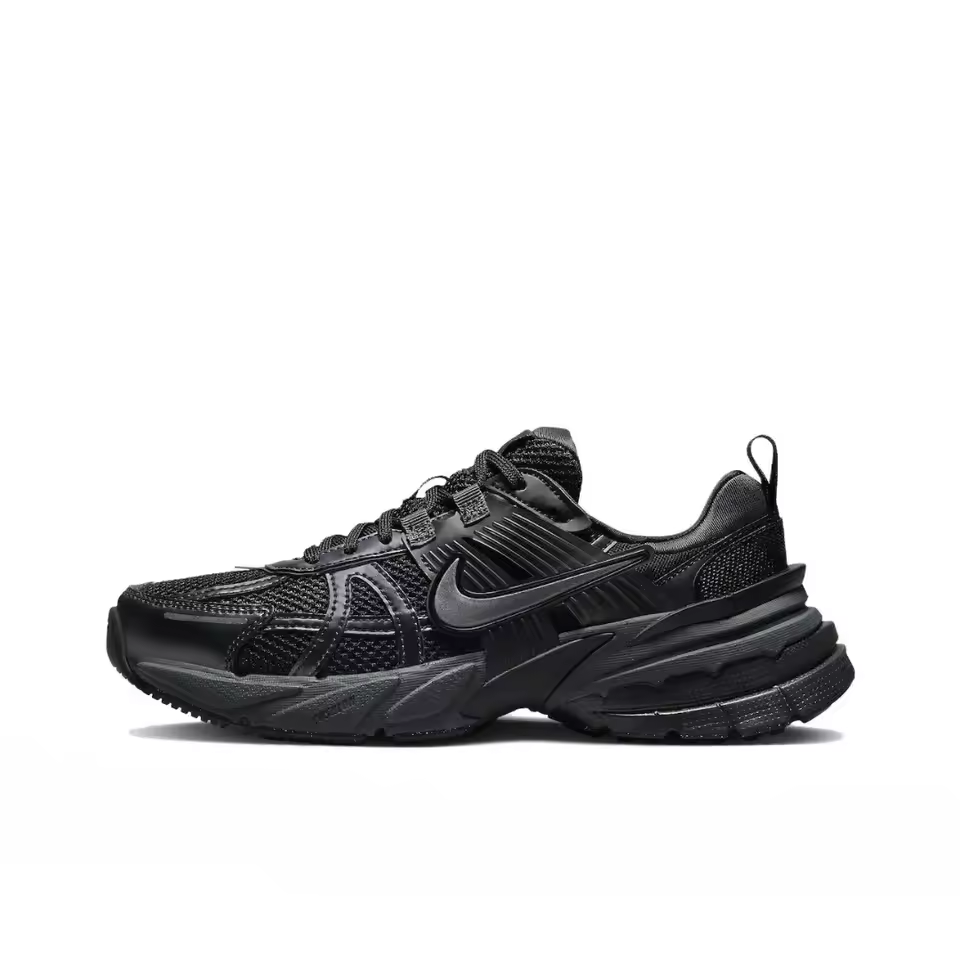
Quality long distance shoes offer a blend of cushioning, durability, and stability. They aim to provide comfort over long periods while minimizing the risk of injury. They often come with thicker midsoles and more structured support, enabling runners to maintain a consistent stride over longer distances. To keep up with the demands of long distance running, these shoes incorporate features that withstand repeated impacts and varying terrains. Breathability is another important aspect—your feet need to stay ventilated over those long runs.
When looking for the best long distance running shoes, consider how each pair works with your unique foot shape and running style. Remember, the right shoes can make all the difference between a joyous run and a painful one. They can impact your performance, comfort, and even your overall health. In the following sections, we’ll explore the essential features these shoes must have and provide guidance on choosing the ideal pair for your feet.
Key Features of High-Quality Long Distance Running Shoes
When searching for the best long distance running shoes, several key features are non-negotiable. High-quality long distance footwear should possess the following attributes:
- Cushioning: A well-cushioned shoe absorbs impact. This feature is key to protecting your joints during long runs.
- Support: Look for shoes that provide adequate arch support. This is vital for maintaining proper foot alignment and reducing strain.
- Fit: A snug fit ensures your foot stays in place. It also reduces the risk of blisters and other discomforts.
- Durability: The soles and upper parts of the shoe must withstand many miles of wear. A durable shoe is an investment that saves money in the long run.
- Flexibility: A flexible shoe adapts to your foot’s natural movement. It allows for a more efficient energy transfer with every step.
- Breathability: Shoes that allow air flow keep feet dry and cool. This helps prevent overheating and blisters.
In conclusion, pick a shoe that combines these features to support your long-distance endeavors. Quality shoes will aid in enhancing your performance and comfort. They also contribute to reducing the risk of running-related injuries. Next, we’ll guide you on how to choose the right pair for your feet, balancing these features with your personal needs.
How to Choose the Right Pair for Your Feet
Choosing the right long distance running shoes comes down to a personal fit. It’s more than just the shoe’s features; it’s how those features align with your feet and running style. To pick the best shoes, there are a few steps you should follow.
- Know Your Foot Type: Determine your arch type – flat, normal, or high. Each type may require different support levels.
- Consider Your Stride: Your gait affects the shoe you need. Overpronators, supinators, or neutral runners each have specific needs.
- Measure Your Feet: Feet can swell and grow. Always measure them while standing, and consider a size that offers wiggle room.
- Try Them On: Fit is crucial for comfort. Try on multiple pairs with the socks you’ll run in, and walk or jog in them.
- Mind the Cushioning: Enough cushioning is critical, but too much can affect your running form. Find a balance.
- Check the Flexibility: The shoe should bend where your foot bends. This is typically near the ball of your feet.
- Examine the outsole: Look for a sole that provides traction and is suited to the terrains you’ll be running on.
- Remember Breathability: Good airflow is essential to reduce heat and sweating over long distances.
- Don’t Forget Heel Drop: The heel-to-toe drop can affect your stride. Choose a drop that feels natural to your run.
Remember that everyone’s feet and running mechanics are unique. What works best for others may not be the best for you. Always prioritize comfort and how the shoe complements your natural running motion. It’s wise to visit a specialty running store where experts can assess your gait and offer recommendations. Investing the time to find the best long distance running shoes will pay dividends in your running journey.
Top Picks for Long Distance Running Shoes in 2023
Keeping current with the latest shoe technology is vital for long distance runners. Every year, top brands roll out new models that aim to improve comfort, support, and performance. Below, we discuss some of the best long distance running shoes in 2023. These have garnered positive reviews for their quality and have features meeting the essential criteria outlined earlier.
- Model A: This shoe is a favorite for its exceptional cushioning. It helps absorb shock during long runs. It also boasts high durability, making it a wise pick for marathon training.
- Model B: Runners with high arches have praised this model. It provides tailored arch support and has a breathable mesh upper. Perfect for keeping your feet cool and supported.
- Model C: Known for its balance of flexibility and support, this choice is great for various foot types. Its responsive cushioning adapts to your stride.
- Model D: If you’re targeting uneven terrains, this rugged shoe offers superior traction. It also features a protective layer to shield your feet from rocks and roots.
- Model E: For those who prefer a minimalist design, here’s a shoe that offers a natural feel. It still provides the necessary cushioning without extra bulk.
When considering these top picks, try them on and test them out. Remember to check reviews and consult with running specialists if possible. They can help confirm if the chosen model suits your particular needs. These recommendations aim to start you off on the right foot with some of the best long distance running shoes available in 2023.
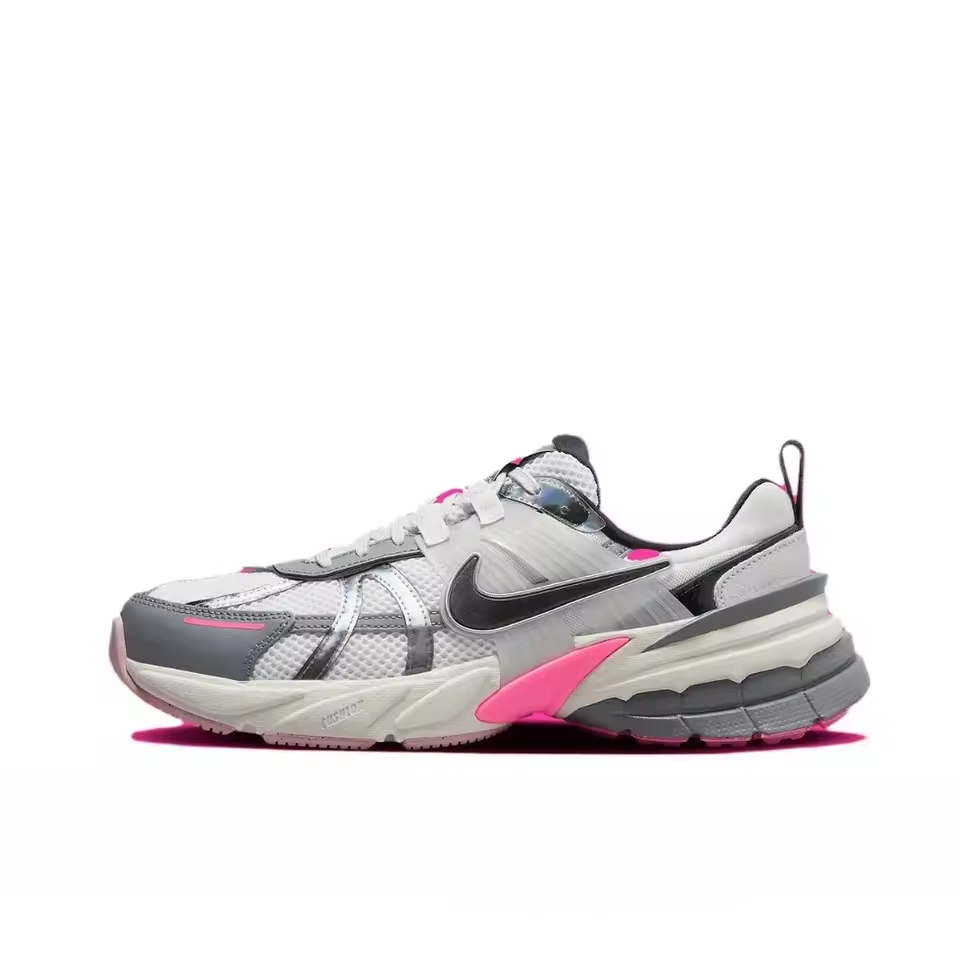
Breaking-In: Preparing Your New Shoes for the Long Run
Once you’ve chosen the best long distance running shoes, it’s crucial to break them in. This prepares them for the many miles ahead and ensures a comfortable fit. Here’s how to properly break in your new shoes:
- Start Slowly: Begin by wearing your shoes for short walks around the house or on errands.
- Gradual Increase: Slowly increase the distance of your walks, adding more time with each outing.
- Mix Activities: Alternate between walking and light jogging. This helps the shoes adjust to different movements.
- Listen to Your Feet: If you feel any discomfort, take a break and let your feet rest.
- Check Fit: Make sure your shoes don’t slip and have enough room in the toe box after these initial outings.
By following these steps, you’ll ensure that your shoes mold to the shape of your feet. It helps prevent blisters and discomfort during longer runs. Remember to be patient during this process. It is an investment in your running future and key to successful long-distance running.
Care and Maintenance of Long Distance Running Shoes
Caring for your running shoes is key to their longevity and performance. It starts with simple, routine practices that keep them in top shape. Here’s how to care for and maintain the best long distance running shoes:
- Regular Cleaning: After each run, remove dirt and debris. Wipe the outside with a damp cloth and air dry them away from direct heat.
- Moisture Management: Remove insoles and let them air out separately. If shoes get wet, stuff them with newspaper to absorb moisture.
- Rotation Usage: Rotate between two pairs of shoes. This gives each pair time to bounce back, preserving their cushioning.
- Proper Storage: Store your shoes in a cool, dry place. Avoid leaving them in a hot car or direct sunlight.
- Mind the Washing Machine: Avoid throwing shoes in the washer. Hand-wash them gently if needed.
- Inspect Regularly: Check for signs of wear in the outsole and cushioning. Early detection can prevent injuries from worn-out shoes.
By following these steps, you can extend the life span of your shoes and enjoy a comfortable run every time. Remember, a little care goes a long way in ensuring your best long distance running shoes stay in prime condition.
Common Mistakes to Avoid When Selecting Long Distance Running Shoes
Selecting the best long distance running shoes can be a hit or miss without the right knowledge. Here are some common missteps to dodge during your search:
- Ignoring Foot Biomechanics: Your arch and gait type dictate the support you need. Don’t overlook these!
- Picking Style Over Substance: It’s tempting to choose shoes based on looks. Always prioritize function and fit.
- Forgetting to Check the Heel Drop: A heel drop that’s wrong for you can alter your stride. Make sure it matches your running style.
- Skipping the Break-In Process: Directly running long distances in new shoes invites trouble. Take time to break them in.
- Overlooking the Importance of Flexibility: Stiff shoes impede your natural foot movement. Go for flexibility where it counts.
- Neglecting to Measure Feet Regularly: Feet change over time. Always measure before buying new shoes.
- Holding On to Old Shoes Too Long: Worn-out shoes hurt your performance. Replace them when needed.
Steer clear of these errors, and you’ll be more likely to find a pair that complements your long distance running pursuits. With attention to detail and proper care, your shoes will serve as a reliable partner on every mile.
The Role of Running Shoes in Injury Prevention
Selecting the best long-distance running shoes is vital for reducing injury risks. The right shoes can help prevent common issues like shin splints, stress fractures, and plantar fasciitis. Here’s how proper footwear plays a crucial role in avoiding injuries:
- Support and Stability: They ensure your feet have proper alignment. This reduces strain on joints and muscles.
- Cushioning: It absorbs impact and shields your legs from the stress of repeated strikes on the ground.
- Fit: A shoe that fits well helps avoid blisters and toenail damage. It also prevents your foot from sliding and turning in the shoe.
- Flexibility: The right amount of flex helps your foot move naturally. Too stiff or too flexible can lead to injuries.
It is important to note that while the best long-distance running shoes can reduce the risk of injuries, they can’t prevent all incidents. Make sure to listen to your body, train properly, and replace shoes when they wear out. With the proper shoes, attention to your body’s signals, and routine care, you can improve your safety and performance on the run.
